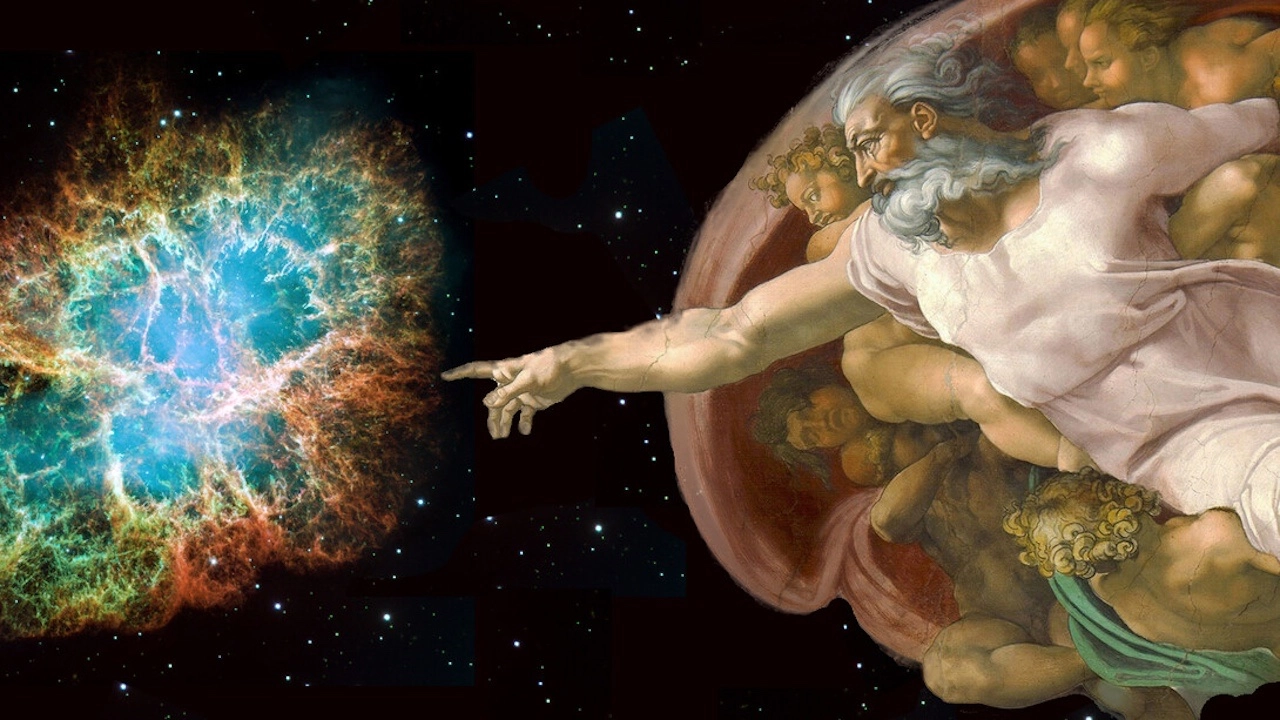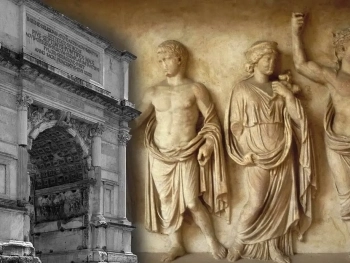The intersection of science and religion has long been considered a complex and often contentious realm, with both disciplines offering unique perspectives on the nature of existence. However, beyond the apparent dichotomy, there exists a nuanced interplay where common ground can be discovered. This article explores the convergence of science and religion, highlighting areas of shared inquiry and the potential for harmony between these two influential domains.
I. Shared Questions of Origin and Existence:
- Creation Narratives and the Big Bang Theory Many religious traditions provide narratives about the origin of the universe, while scientific inquiry has led to the development of the Big Bang Theory. Exploring the parallels between these narratives can foster a deeper understanding of the mysteries surrounding the beginning of existence.
- Evolutionary Biology and the Concept of Creation The theory of evolution, a cornerstone in biological sciences, explores the processes that drive the diversity of life. Examining the compatibility of evolutionary principles with religious perspectives on creation unveils areas where the two realms can converge.
II. Ethical Considerations and Moral Frameworks:
- Ethics in Science and Religious Teachings Both science and religion grapple with questions of morality and ethical conduct. Investigating the commonalities in ethical principles across diverse belief systems and scientific codes of conduct reveals shared values that contribute to the betterment of society.
- Environmental Stewardship and Spiritual Responsibility The call for environmental stewardship finds resonance in various religious teachings and scientific concerns. Exploring the shared responsibility for safeguarding the planet offers a platform for collaborative efforts between scientific and religious communities.
III. Exploring the Nature of Consciousness:
- Neuroscience and Spiritual Experience Neuroscientific research delves into the nature of consciousness and spiritual experiences. Examining the neural underpinnings of religious practices can open a dialogue on the subjective aspects of spirituality and their connection to the scientific understanding of the mind.
- Quantum Physics and Mystical Insights The enigmatic realm of quantum physics, with its principles of interconnectedness and indeterminacy, has drawn parallels with mystical insights in various religious traditions. Exploring these parallels offers a bridge between scientific inquiry and spiritual contemplation.
IV. The Role of Humility and Wonder:
- Humility in the Face of the Unknown Both science and religion acknowledge the vastness of the unknown. Cultivating humility in the pursuit of knowledge encourages a shared appreciation for the mysteries that transcend current understanding.
- Wonder and Awe in Scientific Discovery Scientific discoveries often evoke a sense of wonder and awe, akin to the reverence found in religious experiences. Recognizing and appreciating the shared capacity for awe can bridge the gap between scientific exploration and spiritual contemplation.
While science and religion may approach the fundamental questions of existence from different vantage points, exploring their intersection reveals common ground. By acknowledging shared inquiries, ethical principles, and the profound sense of wonder, individuals and communities can foster a more holistic understanding that transcends perceived divides. Embracing the intersection of science and religion provides an opportunity for nuanced conversations that contribute to a more integrated and enlightened worldview.




